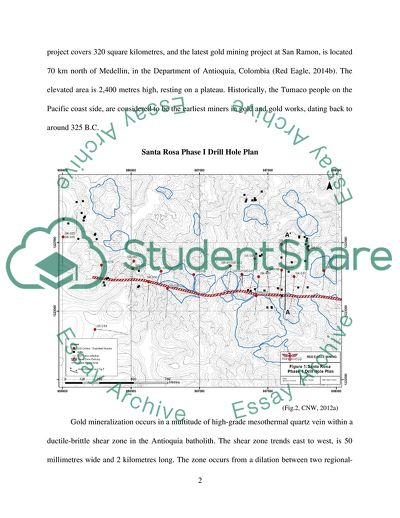Cite this document
(Mining, Technology Management in Mining Essay Example | Topics and Well Written Essays - 1750 words, n.d.)
Mining, Technology Management in Mining Essay Example | Topics and Well Written Essays - 1750 words. https://studentshare.org/technology/1838585-mining-technology-management-in-mining
Mining, Technology Management in Mining Essay Example | Topics and Well Written Essays - 1750 words. https://studentshare.org/technology/1838585-mining-technology-management-in-mining
(Mining, Technology Management in Mining Essay Example | Topics and Well Written Essays - 1750 Words)
Mining, Technology Management in Mining Essay Example | Topics and Well Written Essays - 1750 Words. https://studentshare.org/technology/1838585-mining-technology-management-in-mining.
Mining, Technology Management in Mining Essay Example | Topics and Well Written Essays - 1750 Words. https://studentshare.org/technology/1838585-mining-technology-management-in-mining.
“Mining, Technology Management in Mining Essay Example | Topics and Well Written Essays - 1750 Words”. https://studentshare.org/technology/1838585-mining-technology-management-in-mining.


